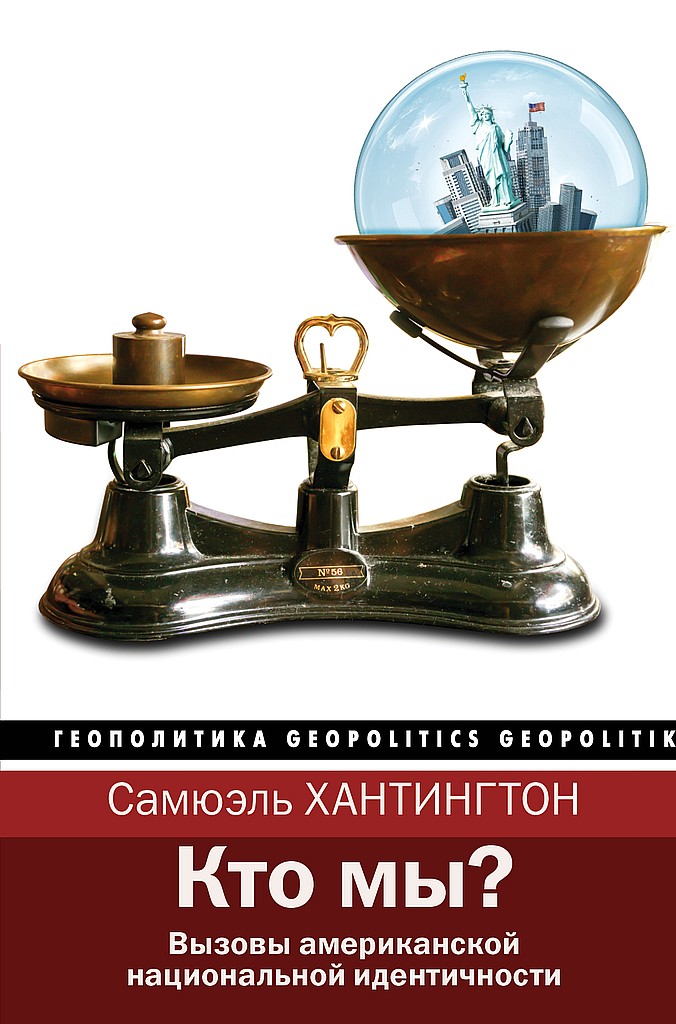p. 219, citing 1990 census data.
{329} Ibid, p. 2–3.
{330} Deborah Sontag and Celia W. Dugger, «The New Immigrant Tide: A Shuttle Between Worlds», New York Times, 19 July 1998, p. 26; New York Times, 17 June 2001, p. 1; Levitt, Transnational Villagers, p. 16, citing Lars Schoultz, «Central America and the Politicization of U. S. Immigration Policy», in Christopher Mitchell, ed., Western Hemisphere Immigration and United States Foreign Policy (University Park: Pennsylvania State University Press, 1992), p 189.
{331} Ryan Rippel, «Ellis Island or Ellis Farm» (Term paper, Gover-nment 1582, Harvard University, Spring 2002), p. 14, 28.
{332} Leiken, The Melting Border, p. 6, 13, 12–15; Levitt, Transnational Villagers, p. 180ff.
{333} Stanley A. Renshon, Dual Citizens in America (Washington, D. C.: Center for Immigration Studies, backgrounder, July 2000), p. 3, and Dual Citizenship and American National Identity (Washington, D. C.: Center for Immigration Studies, Paper 20, October 2001), p. 15.
{334} Renshon, Dual Citizens in America, p. 6; Aleinikoff, «Between Principles and Politics: U. S. Citizenship Policy», in T. Alexander Aleinikoff and Douglas Klusmeyer, eds., From Migrants to Citizens: Membership in a Changing World (Washington, D. C.: Carnegie Endowment for International Peace, 2000), p. 139–40.
{335} Michael Jones-Correa, «Under Two Flags: Dual Nationality in Latin America and Its Consequences for Naturalization in the United States», International Migration Review, 35 (Winter 2001), p. 1010.
{336} Ibid., p. 1016–17.
{337} Yasemin Soysal, Limits of Citizenship: Migrants and Postnational Membership in Europe (Chicago: University of Chicago Press, 1994), p. 205; Nathan Glazer, estimate, Harvard University, Globalization and Culture Seminar, 16 February 2001.
{338} Jones-Correa, «Under Two Flags», p. 1024; Boston Globe, 20 December 1999, p. B1; 13 May 2000, p. B3.
{339} Jones-Correa, «Under Two Flags», p. 1004, 1008.
{340} New York Times, 19 June 2001, p. A4, 3 July 2001, p. A7; Levitt, Transnational Villagers, p. 19.
{341} Относительно оценки стоимости и преимуществ двойного гражданства cм. Peter H. Schuck, «Plural Citizenships», in Noah M. J. Pickus, ed., Immigration and Citizenship in the Twenty-First Century (Lanham, Md.: Rowman and Littlefield, 1998), p. 162–76.
{342} James H. Kettner, The Development of American Citizenship, 1608–1870 (Chapel Hill: University of North Carolina Press, 1978), p. 55, 267–69, 281–82, 343ff.
{343} Arthur Mann, The One and the Many: Reflections on the American Identity (Chicago: University of Chicago Press, 1979), p. 178.
{344} Aleinikoff, «Between Principles and Politics», p. 137.
{345} Peter H. Schuck and Rogers M. Smith, Citizenship Without Consent: Illegal Aliens in the American Polity (New Haven: Yale University Press, 1985), p. 167, n 31.
{346} Renshon, Dual Citizenship and American National Identity, p. 6; Renshon, Dual Citizens in America, p. 3.
{347} См. Schuck, «Plural Citizenships», p. 149–51, 173 ff.; Renshon, Dual Citizenship and American National Identity, p. 11–12.
{348} Aristotle, The Politics, 1275a, 1278a, quoted in Michael Walzer, Spheres of Justice: A Defense of Pluralism and Equality (New York: Basic Books, 1983), p. 53–54. См. p. 92–113 перевода Эрнеста Бейкера (Oxford: Clarendon Press, 1946) относительно обширных рассуждений Аристотеля о гражданстве при различных формах общественного устройства.
{349} Schuck, «Plural Citizenships», p. 169.
{350} Soysal, Limits of Citizenship, p. 1.
{351} Joseph H. Carens, «Why Naturalization Should Be Easy: A Response to Noah Pickus», in Pickus, Immigration and Citizenship, p. 143.
{352} Deborah J. Yashar, «Globalization and Collective Action», Comparative Politics, 34 (April 2002), p. 367, citing Soysal, Limits of Citizenship, p. 119ff.; Schuck and Smith, Citizenship Without Consent, p. 107.
{353} Aleinikoff, «Between Principles and Politics», p. 150.
{354} Peter J. Spiro, «Questioning Barriers to Naturalization», Georgetown Immigration Law Journal, 13 (Summer 1999), p. 517; Aleinikoff, «Between Principles and Politics», p. 154.
{355} Jones-Correa, Between Two Nations, p. 198, n. 11; Leticia Quezada, quoted in Washington Post National Weekly Edition, 11–17 July 1994, p. 23.
{356} David Jacobson, Rights Across Borders: Immigration and the Decline of Citizenship (Baltimore: Johns Hopkins University Press, 1996), p. 8–9; Sarah V. Wayland, «Citizenship and Incorporation: How Nation-States Respond to the Challenges of Migration», Fletcher Forum of World Affairs, 20 (Summer/Fall 1996), p. 39; Irene Bloemraad, «The North American Naturalization Gap: An Institutional Approach to Citizenship Acquisition in the United States and Canada», International Migration Review, 36 (Spring 2002), p. 193–228, especially p. 209, and «A Macro-Institutional Approach to Immigrant Political Incorporation: Comparing the Naturalization Rates and Processes of Portuguese Immigrants in the US and Canada» (paper, annual meeting, American Sociological Association, August 1999, Chicago).
{357} Maria Jiminez, quoted in New York Times, 13 September 1996, p. A16; Jones-Correa Between Two Nations, p. 200.
{358} Immigration and Naturalization Service release, Boston Globe, 17 July 2002, p. A3.
{359} Spiro, «Questioning Barriers to Naturalization», p. 492, 518.
{360} Schuck and Smith, Citizenship Without Consent, p. 108.
{361} Carens, «Why Naturalization Should Be Easy», p. 146.
{362} Mary C. Waters, Ethnic Options: Choosing Identities in America (Berkeley: University of California Press, 1990), p. 94.
{363} David M. Kennedy, «Can We Still Afford to Be a Nation of Immigrants?» Atlantic Monthly, 278 (November 1996), p. 67.
{364} Roger Daniels, Coming to America: A History of Immigration and Ethnicity in American Life (New York: HarperCollins, 1990), p. 129, 146.
{365} Campbell J. Gibson and Emily Lennon, «Historical Census Statistics on the Foreign-Born Population of the United States 1850–1990» (Population Division Working Paper No. 29, U. S. Census Bureau, February 1999), Table 3; U. S. Census Bureau, March 200 °Current Population Survey, Profile of the Foreign-Born Population in the United States 2000 (PPL-145, 2001), Tables 1–1, 3–1, 3–2, 3–3, and 3–4.
{366} The Economist, 24 August 2002, p. 21–22; U. S. Department of Homeland Security, Office of Immigration Statistics, 2002 Yearbook of Immigration Statistics (Washington, forthcoming, 2003), Table 2; New York Times, 19 June 2003, p. A22.
{367} Mark Krikorian, «Will Americanization



